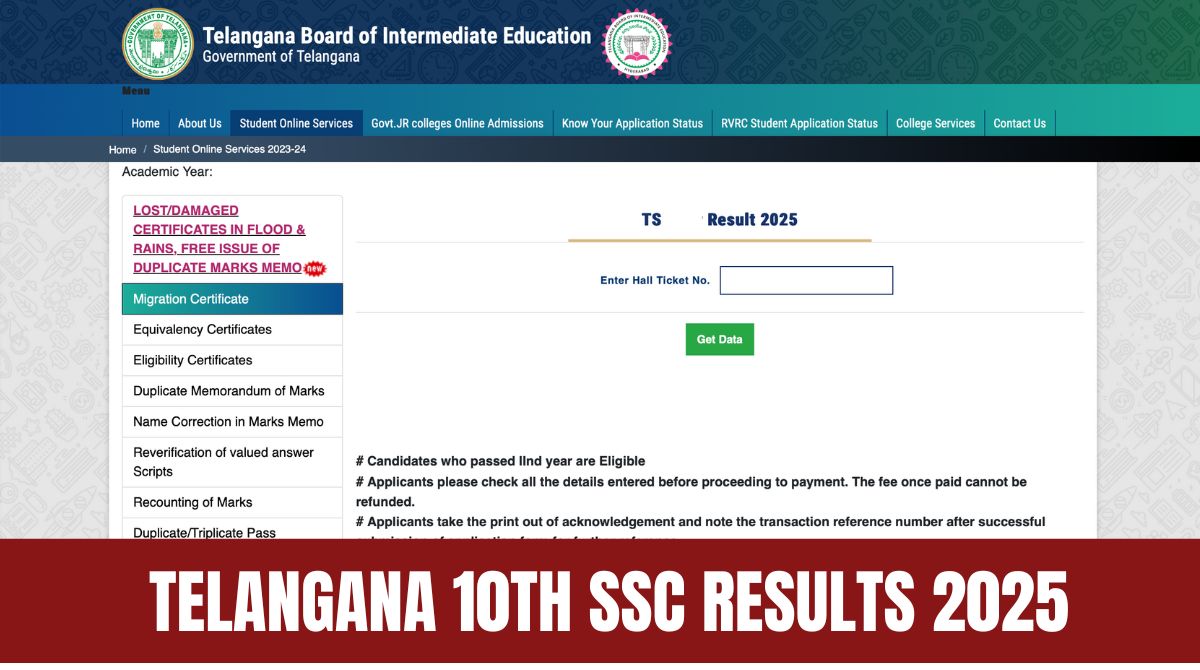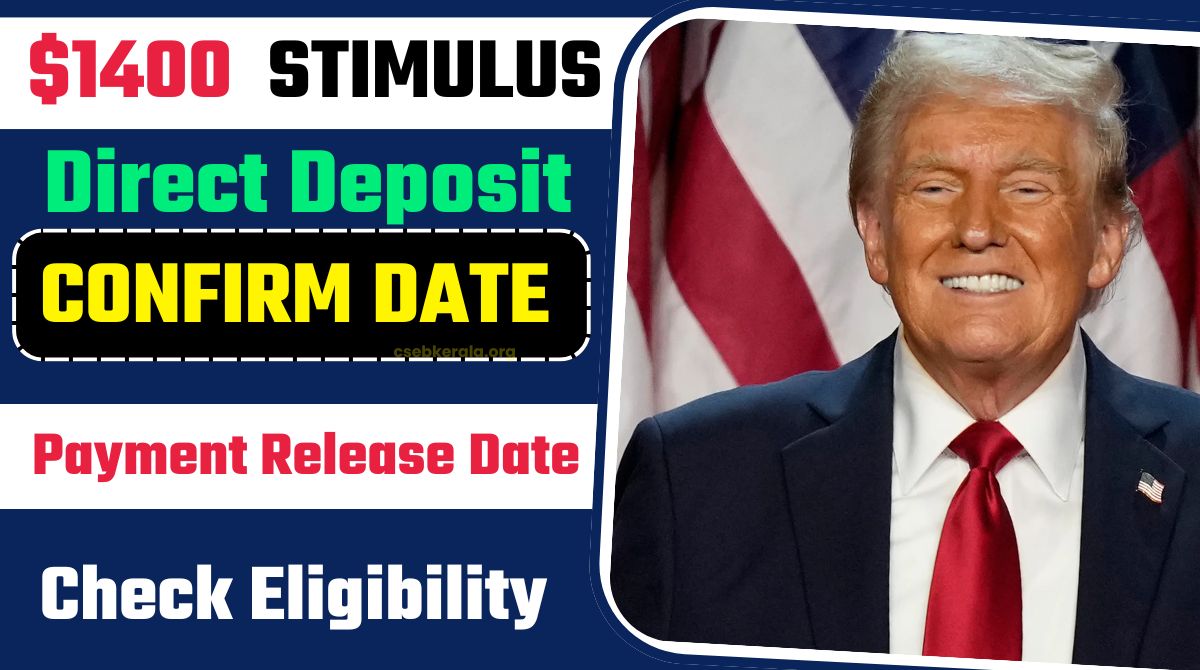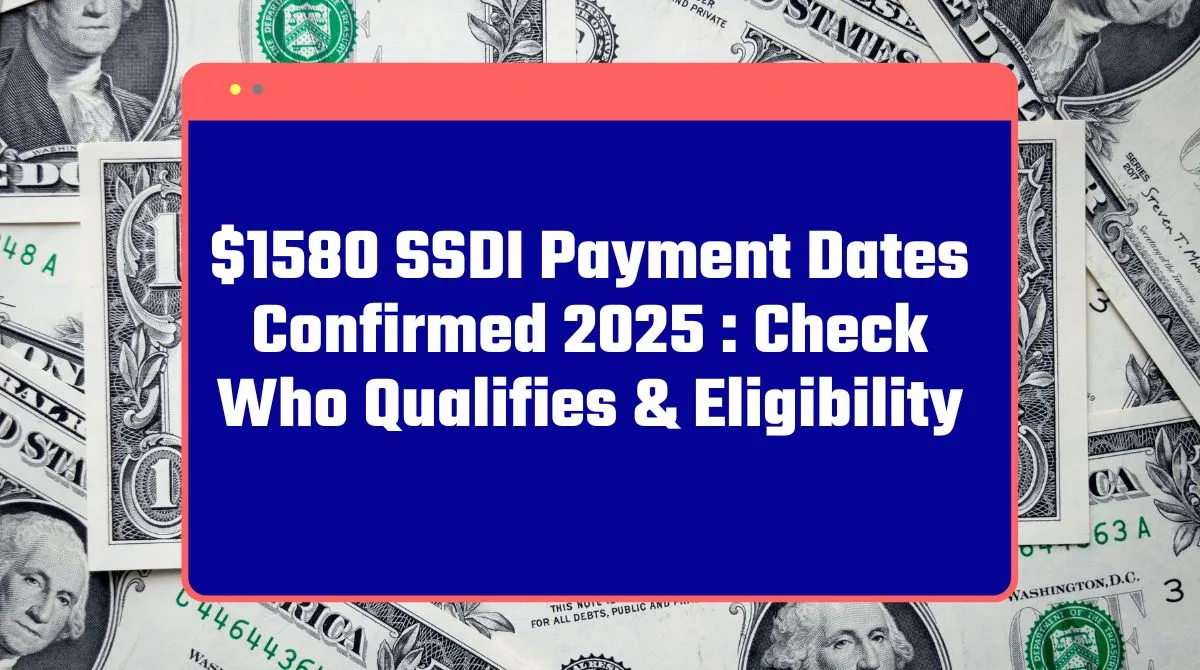In 2025, the U.S. federal government continues to support residential solar adoption through the Investment Tax Credit (ITC), also known as the 25D tax credit. This credit allows homeowners to deduct 30% of the cost of installing a solar energy system from their federal taxes. Eligible expenses include solar panels, inverters, mounting equipment, wiring, and energy storage systems with a capacity of 3 kWh or more.
The ITC is non-refundable, meaning it can reduce your tax liability to zero, but any remaining credit can be carried forward to future years. There are no income restrictions, making it accessible to a wide range of taxpayers. However, the credit is scheduled to decrease in the coming years: 26% in 2033, 22% in 2034, and it will expire in 2035 unless extended by Congress.
To maximize savings, homeowners should also explore state-specific incentives and rebates, which can further reduce the upfront cost of solar installations.
Solar tax rebate 2025
The history of solar tax rebates in the U.S. dates back to the early 2000s when the federal government began offering financial incentives to encourage the adoption of renewable energy, particularly solar power. The Investment Tax Credit (ITC), introduced in 2006 under the Energy Policy Act, provided a 30% tax credit for residential and commercial solar systems. This rebate helped make solar power more affordable for homeowners and businesses. Over time, the ITC was extended and modified. Initially, it had a set expiration date but was repeatedly extended, sometimes with modifications to its percentage value.
In 2020, Congress passed legislation extending the ITC at 26% through 2022, and later extended it at 30% through 2032 under the Inflation Reduction Act of 2022. This was seen as a major step in supporting solar energy as part of a broader effort to reduce carbon emissions and promote clean energy.
Today, these incentives continue to be an essential part of the federal strategy to promote solar energy adoption, with future reductions planned after 2032 unless extended again.
2025 U.S. Solar Tax incentives
These incentives aim to reduce the upfront costs of solar installations and promote renewable energy adoption across the country.
US Federal Solar Tax Incentives (2025)
| Program | Details |
| Investment Tax Credit (ITC) | 30% tax credit on the total cost of solar installations, including panels, inverters, and battery storage. Applicable to both residential and commercial properties. |
| No Cap on Savings | There is no maximum limit on the credit amount, allowing for substantial savings on large-scale installations. |
| Carry-Forward Benefit | Unused portions of the credit can be carried forward to offset future tax liabilities. |
State-Level Solar Tax Incentives (2025)
| State | Property Tax Exemption | Sales Tax Exemption | Additional Incentives |
| Arizona | 100% exemption | 100% exemption | 25% state tax credit on solar installations, capped at $1,000. |
| California | 100% exemption until 01/02/2025 | None | Self-Generation Incentive Program (SGIP) and Single-Family Affordable Solar Housing (SASH) Program. |
| Colorado | 100% exemption | 100% exemption | Rebates ranging from $400 to $2,500 through Energy Smart Colorado. |
| Connecticut | 100% exemption | 100% exemption | Low-interest loans and performance-based incentives via Connecticut Green Bank. |
| Florida | 100% exemption | 100% exemption | Property tax abatement and sales tax exemptions on solar equipment. |
| Illinois | Special assessment | None | Solar Renewable Energy Credit (SREC) program providing financial incentives based on energy production. |
| Maryland | 100% exemption | 100% exemption | $1,000 rebate on solar installations through the Residential Clean Energy Grant Program. |
| Massachusetts | 100% exemption for 20 years | 100% exemption | Solar Renewable Energy Certificates (SRECs) and Residential Renewable Energy Income Tax Credit. |
| Minnesota | 100% exemption | 100% exemption | Production-based incentives and property tax exemptions for solar energy systems. |
| New Jersey | 100% exemption | 100% exemption | Solar Renewable Energy Certificate (SREC) program and property tax exemptions. |
| New York | 100% exemption for 5 years | 100% exemption | State-sponsored solar tax credit covering 25% of installation costs, up to $5,000. |
| Texas | 100% exemption | None | Property tax exemption for residential solar installations. |
Note: The availability and specifics of these incentives can vary and are subject to change. It’s advisable to consult the Database of State Incentives for Renewables & Efficiency (DSIRE) or local authorities for the most current information.
Eligibility criteria for solar tax rebate US 2025
- Homeowners
Eligibility: U.S. taxpayers who own a residential property and install a solar energy system.
Requirements:
- The system must be installed at a primary or secondary residence.
- The taxpayer must own the system (i.e., not lease or enter into a power purchase agreement).
- The system must be installed in the tax year for which the credit is claimed.
- There are no income limits for claiming the credit.
- Businesses
Eligibility: Businesses that install solar energy systems on commercial properties.
Requirements:
- The system must be installed at a business location.
- The business must own the system.
- The system must be installed in the tax year for which the credit is claimed.
- The credit can be used to offset both regular income taxes and alternative minimum tax (AMT).
- Tax-Exempt Organizations
Eligibility: Non-profits, state and local governments, and other tax-exempt entities.
Requirements:
- The system must be installed at a qualifying location.
- The entity must own the system.
- Direct Pay Option: These entities can receive a direct payment for the credit, making it accessible even without tax liability.
Additional Notes
No Income Limits: There are no income restrictions for claiming the federal solar tax credit.
Carryover Provision: If the credit exceeds the taxpayer’s liability, the unused portion can be carried forward to future tax years.
Eligible Expenses: The credit covers the cost of solar panels, inverters, mounting equipment, wiring, and energy storage systems (3 kWh or more).
How to apply for US solar tax rebate 2025
- Install Solar System
- Select a Solar Installer: Choose a certified installer to design and install the solar energy system. Ensure they are familiar with the federal ITC process.
- Ensure System Eligibility: The system must be installed in your primary or secondary residence, or on your business property, and must meet all technical requirements (e.g., energy storage if applicable).
- System Ownership: You must own the solar system (not lease or enter into a power purchase agreement).
- Keep Track of Expenses
- Document Costs: Maintain receipts for all related expenses, including solar panels, inverters, batteries, installation, and any other associated costs.
- Ensure Eligibility: The ITC covers up to 30% of the system’s cost, so ensure that the installation is complete within the tax year you’re claiming for.
- Fill Out IRS Form 5695
- Use IRS Form 5695: This form is used to claim the ITC. Complete Part I of Form 5695 for residential property or Part II for business properties.
- Provide Required Information: You’ll need details about your solar system, including the costs and installation date, as well as proof that you own the system.
- Tax Year Consideration: Make sure you are claiming for the correct tax year, as the rebate is tied to the year the system is installed.
- Claim the Credit on Your Tax Return
- Complete Your Tax Return: Include Form 5695 with your regular tax return. If you’re using a tax preparation software, the program should walk you through this.
- Use the ITC Credit: The 30% tax credit will be subtracted from your total tax liability. If the credit exceeds your liability, the remaining amount can be carried over to the next tax year.
- File Your Taxes
- File by the Deadline: Submit your tax return by the appropriate deadline (typically April 15 of the following year).
- Submit State-Specific Forms: If your state offers additional rebates or tax credits, ensure you submit the necessary forms with your state taxes.
- Track Remaining Credit
- Carry Over Unused Credit: If your federal tax liability is less than the ITC, you can carry the unused portion of the credit forward to future years.
- Monitor for Future Changes
- Stay Updated: Federal and state solar incentives may change after 2025, so keep an eye on any updates or extensions of the ITC through official channels like the IRS or DSIRE.
Tips for a Smooth Application:
Work with a Tax Professional: If you’re unsure about the forms or process, a tax professional can ensure you’re filing everything correctly.
Verify State Incentives: Each state may have additional programs that can reduce installation costs, so research local incentives.
By following these steps, you can effectively apply for the solar tax rebate and reduce the financial burden of installing solar energy systems in 2025.
U.S. Solar Tax Rebate
In conclusion, the 2025 U.S. Solar Tax Rebate offers substantial financial incentives through the Investment Tax Credit (ITC), allowing homeowners, businesses, and tax-exempt entities to claim up to 30% of the cost of solar system installations. This rebate is available without income restrictions, and unused credits can be carried forward. Additionally, various state-level incentives can further reduce installation costs. To claim the rebate, eligible individuals must install the system, track expenses, complete IRS Form 5695, and submit it with their tax returns. Staying informed about potential changes is crucial for maximizing savings.












